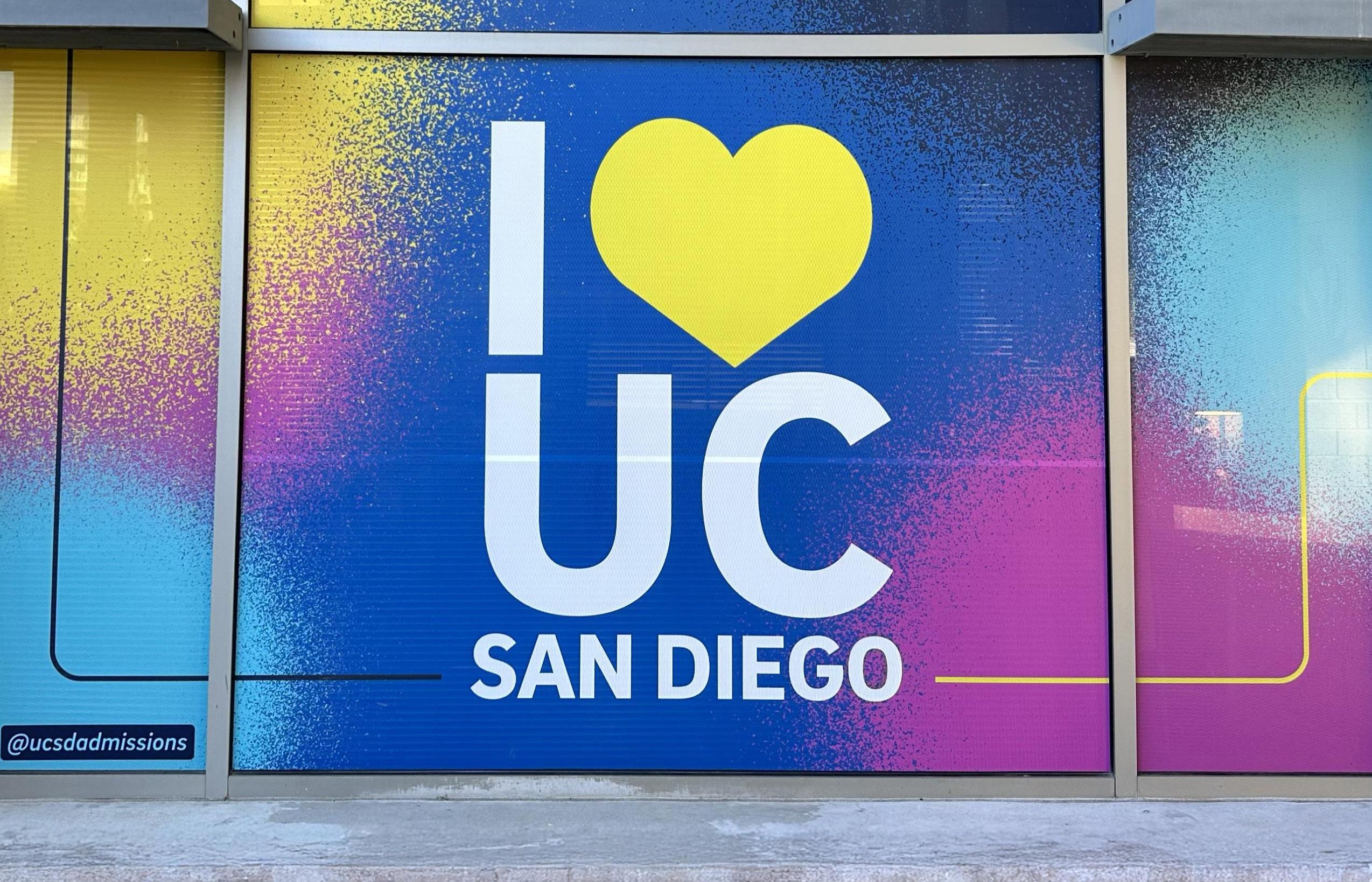

ENROLLMENT

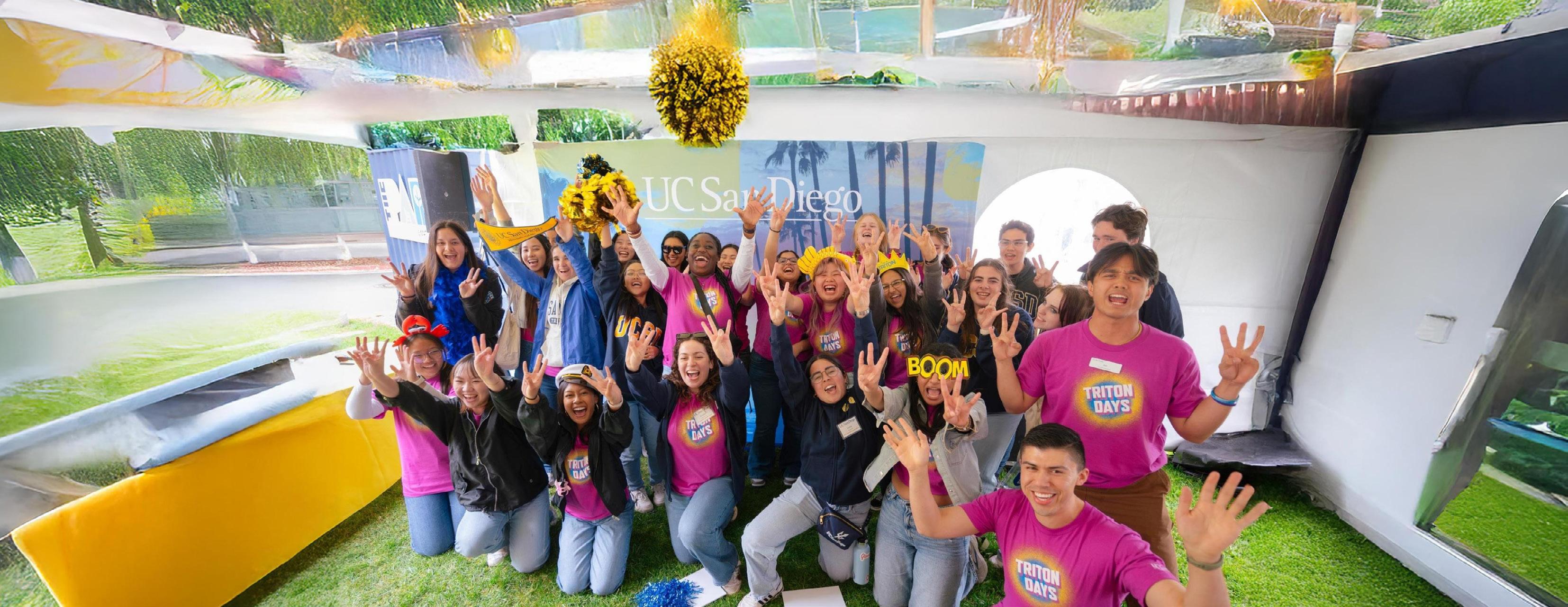
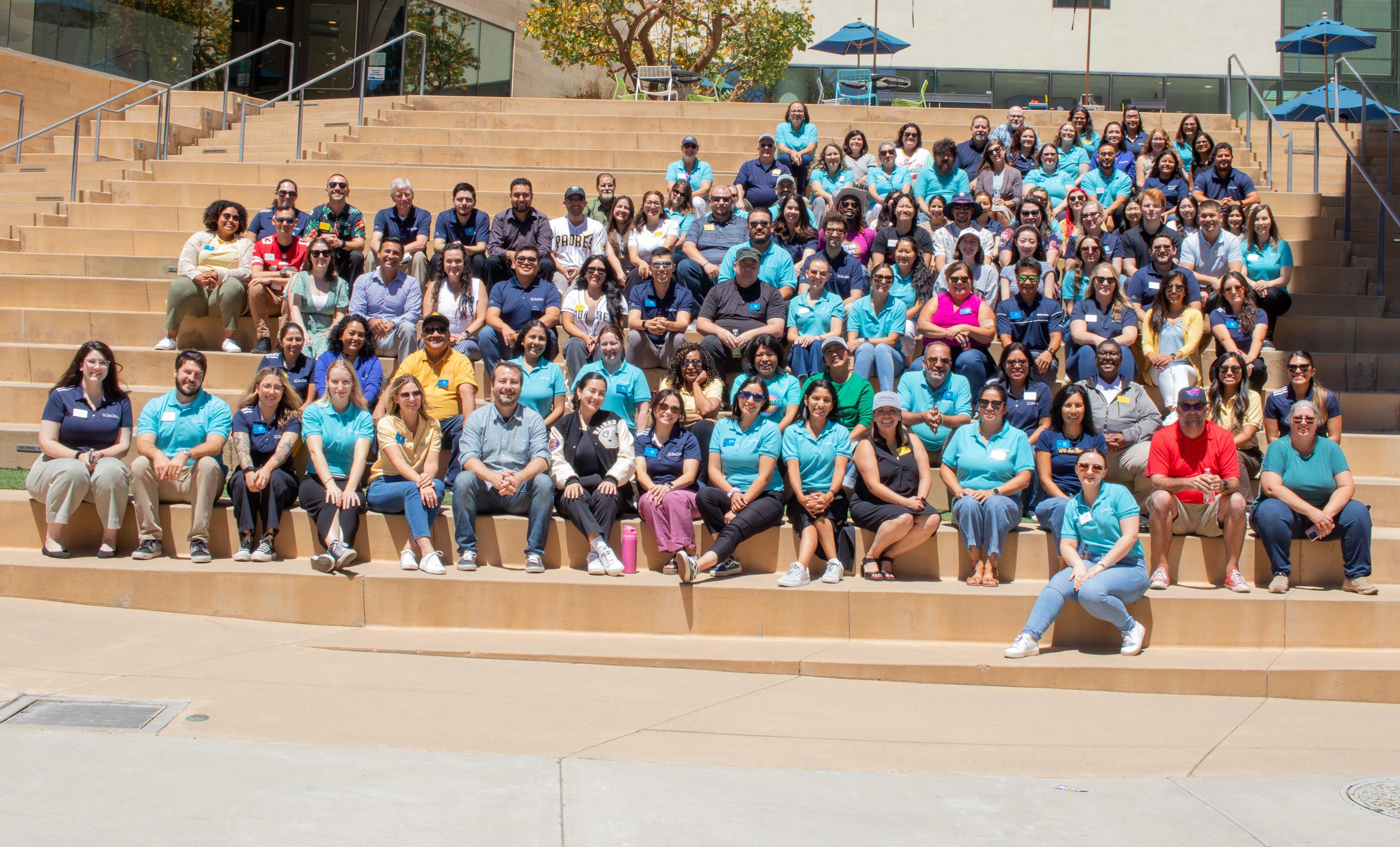
VISION
Through collaborative partnerships with our stakeholders, we aim to address disparities of access and affordability by serving student populations that are representative of California’s diverse demographics.
We are dedicated to leveraging innovative systems, technology, and datadriven insights to ensure every student has an attainable pathway to higher education.
We embrace the transformative power of education to uplift the lives of individuals and communities.
MISSION
To advance the academic and public service missions of UC San Diego by ensuring equitable access to education and empowering students throughout their educational journeys.
REPORT CONTRIBUTORS
Jim Rawlins
Associate Vice Chancellor for Enrollment Management
Raquel Aparicio
Director of Student Outreach & Engagement
Lucy Dai
Director of Enrollment Management Analytics
Linda Doughty
Director of Cal-SOAP (San Diego & Imperial counties)
Jon Host
EM Business Officer
Rashinda Hutchinson
Assistant Director of Financial Aid & Scholarships
Azizi James
Associate Director of Outreach, Recruitment & Yield
Cindy Lyons
University Registrar
Silvia Marquez
Executive Director of Financial Aid & Scholarships
Stefan Montouth
Director of EM Marketing & Communications
Blia Yang
Executive Director of Undergraduate Admissions
Writing: Lisa Wolf
Assistant Director of EM Creative Services
Design: Katie Bailey
Graphic & Media Design Specialist
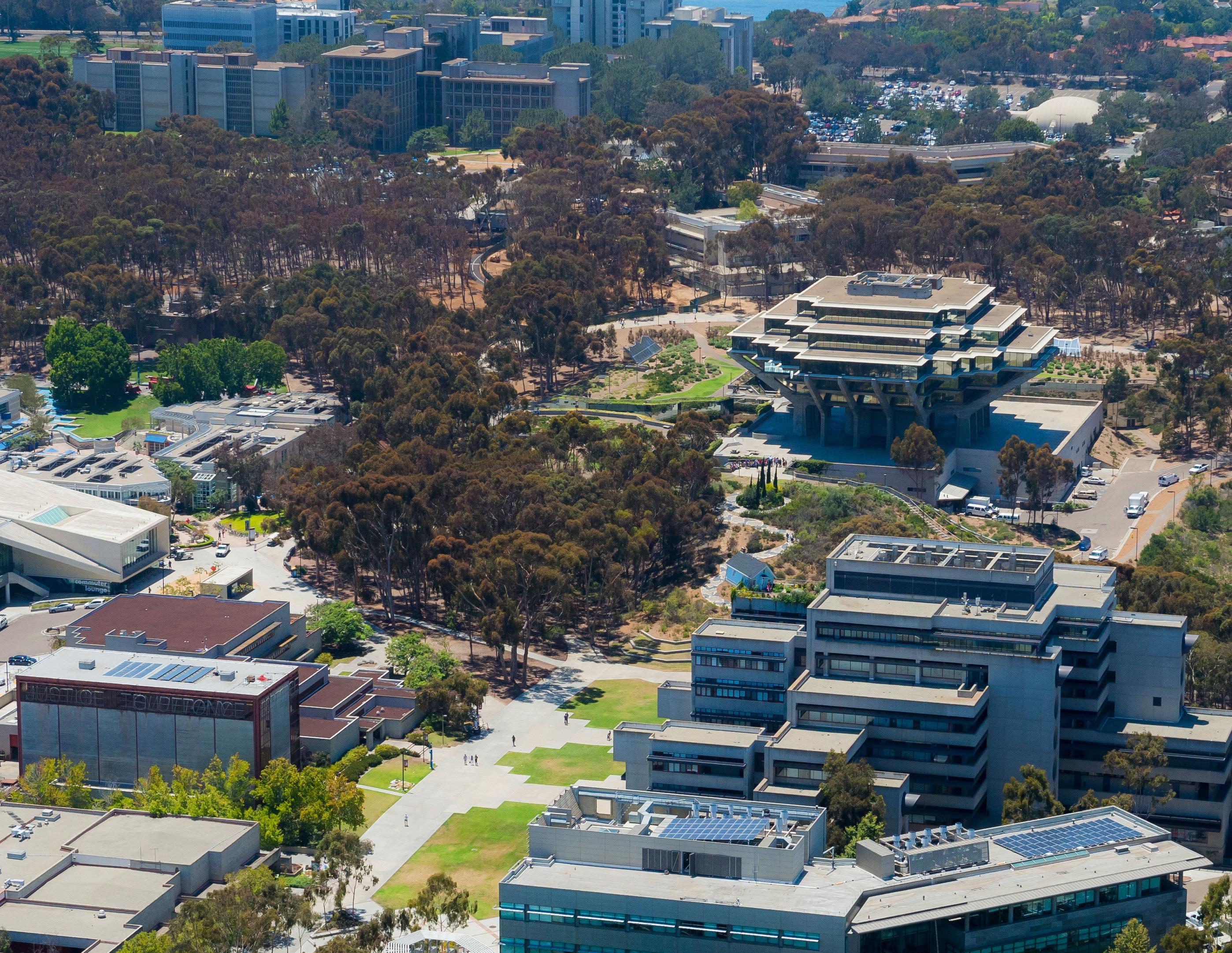
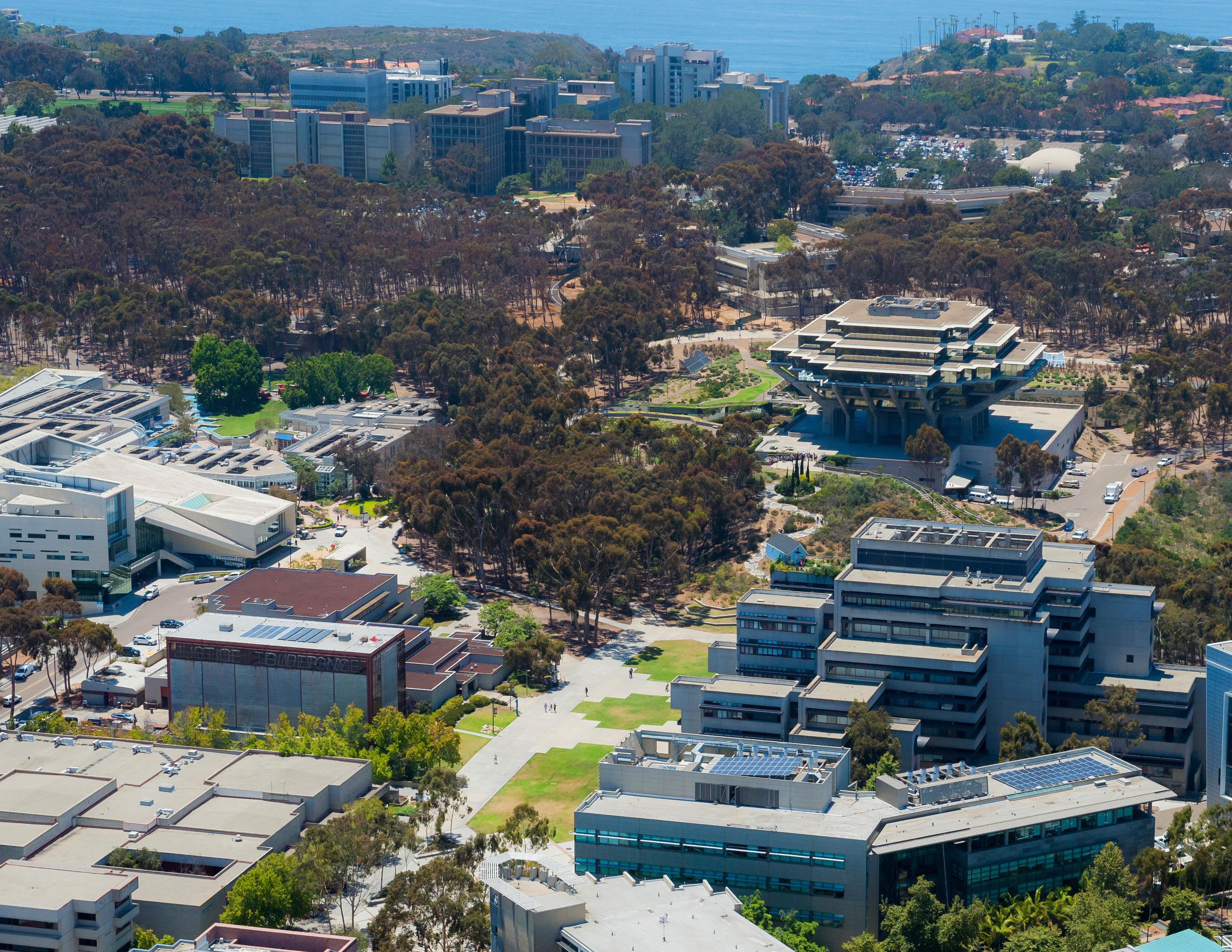
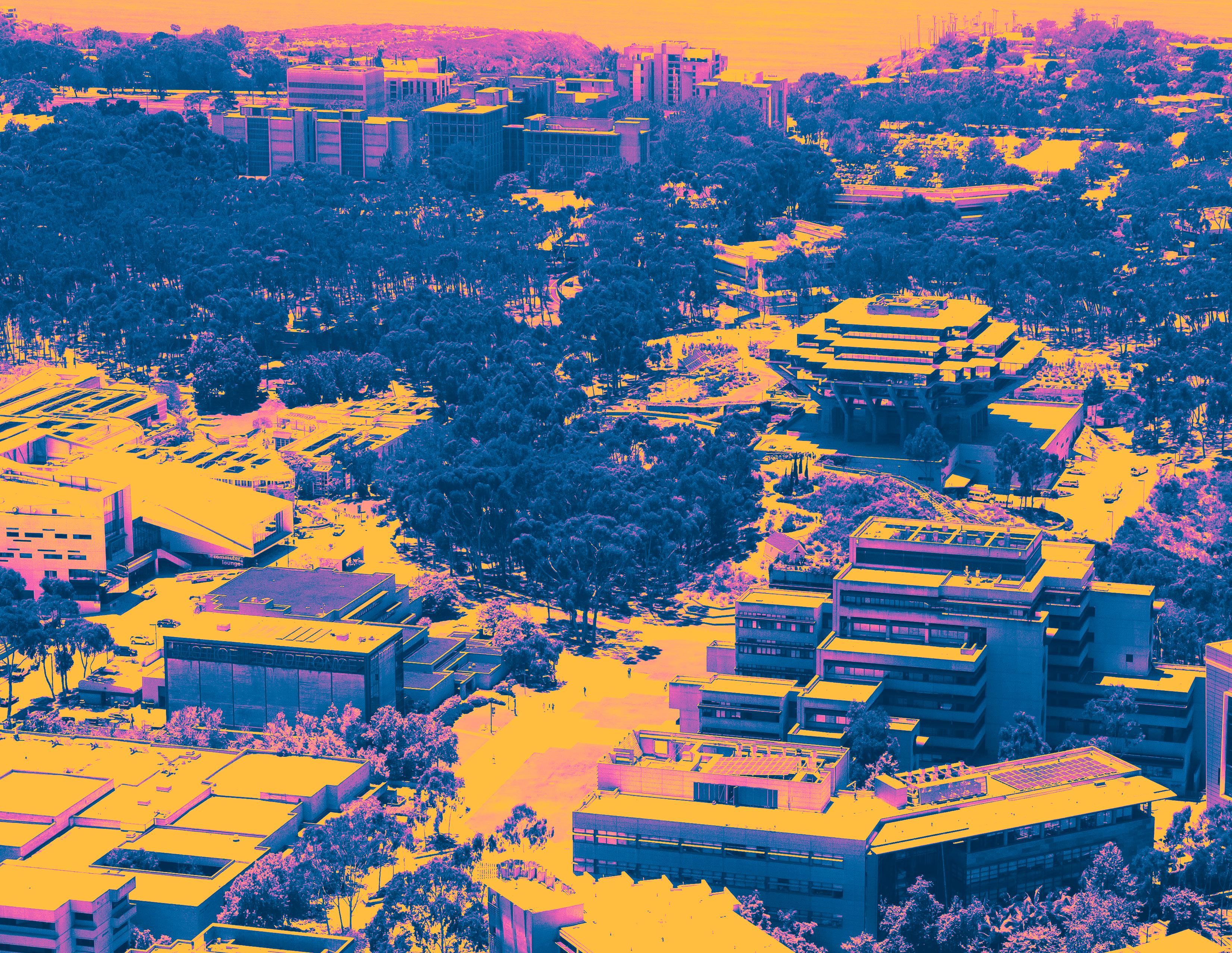
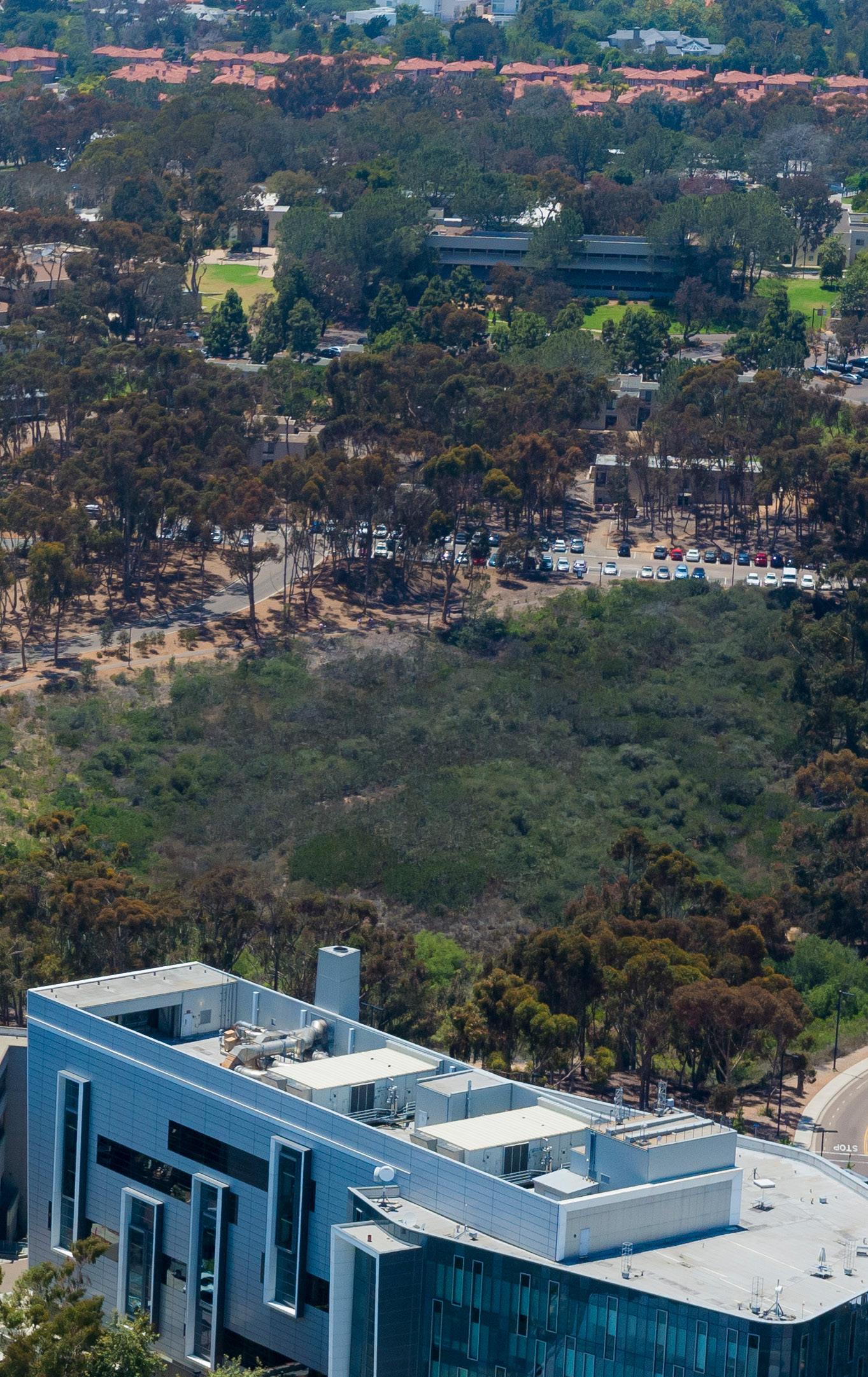
LETTER FROM JIM RAWLINS
When unexpected challenges arise for the university community, it is invaluable to have a team of dedicated and passionate professionals at the forefront, serving our students day and night to find solutions for their unique needs. For our team in Enrollment Management, 2023-24 proved to be a year of challenges and transitions, but also growth, many successes, and extraordinary teamwork.
One of the biggest challenges our team faced this year was the difficult rollout of the new FAFSA, which impacted nearly every unit in EM and many across campus, but none more than our Financial Aid and Scholarships team who have powered through countless changes and unexpected problems presented by glitches and delays of the new FAFSA. To see their team band together, and to see many other EM units and campus partners support their efforts to assist students as best as possible this year has been an inspiration. Unfortunately, we don’t expect the kinks to be completely worked out once the FAFSA opens again for the next year’s application, but we hope for a smoother journey for both our staff and students.
While the FAFSA may have been one of the biggest challenges we saw this past year, our team certainly has much more to share. In this year’s EM annual report, we are happy to share in greater detail some of the work our team has completed this year and highlight the exciting things you can expect to see not just for EM, but for the entire Triton community, including campus growth and increased enrollment, more transparency in the data we are able to share with our partners–including changes to federal reporting on multiethnic data–new outreach efforts, events for the campus community, and more.
As always, we are incredibly grateful to work with the wonderful community of staff, faculty, and students here at UC San Diego and we look forward to another great year of collaboration.
Jim Rawlins
Associate Vice Chancellor for Enrollment Management
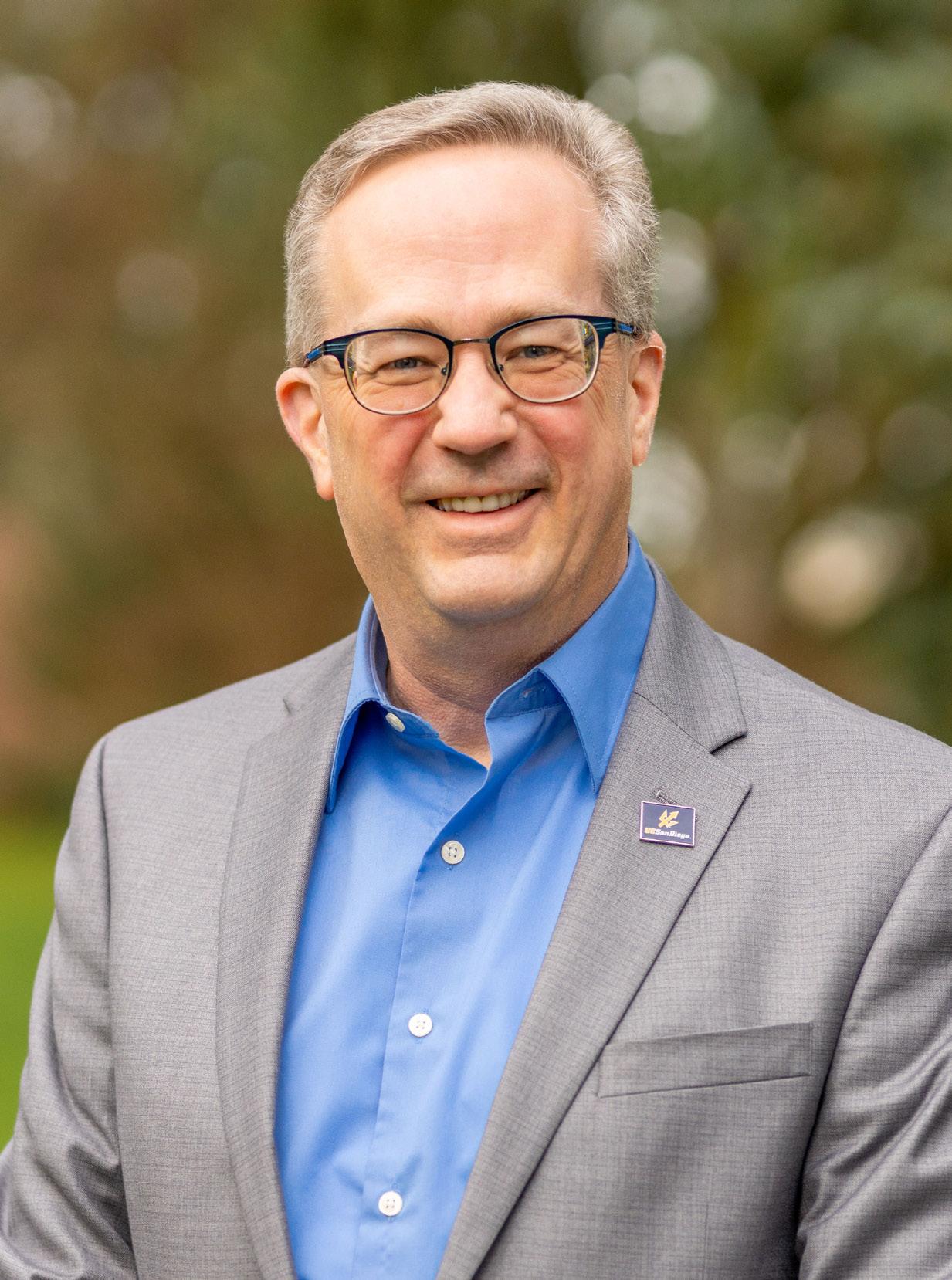
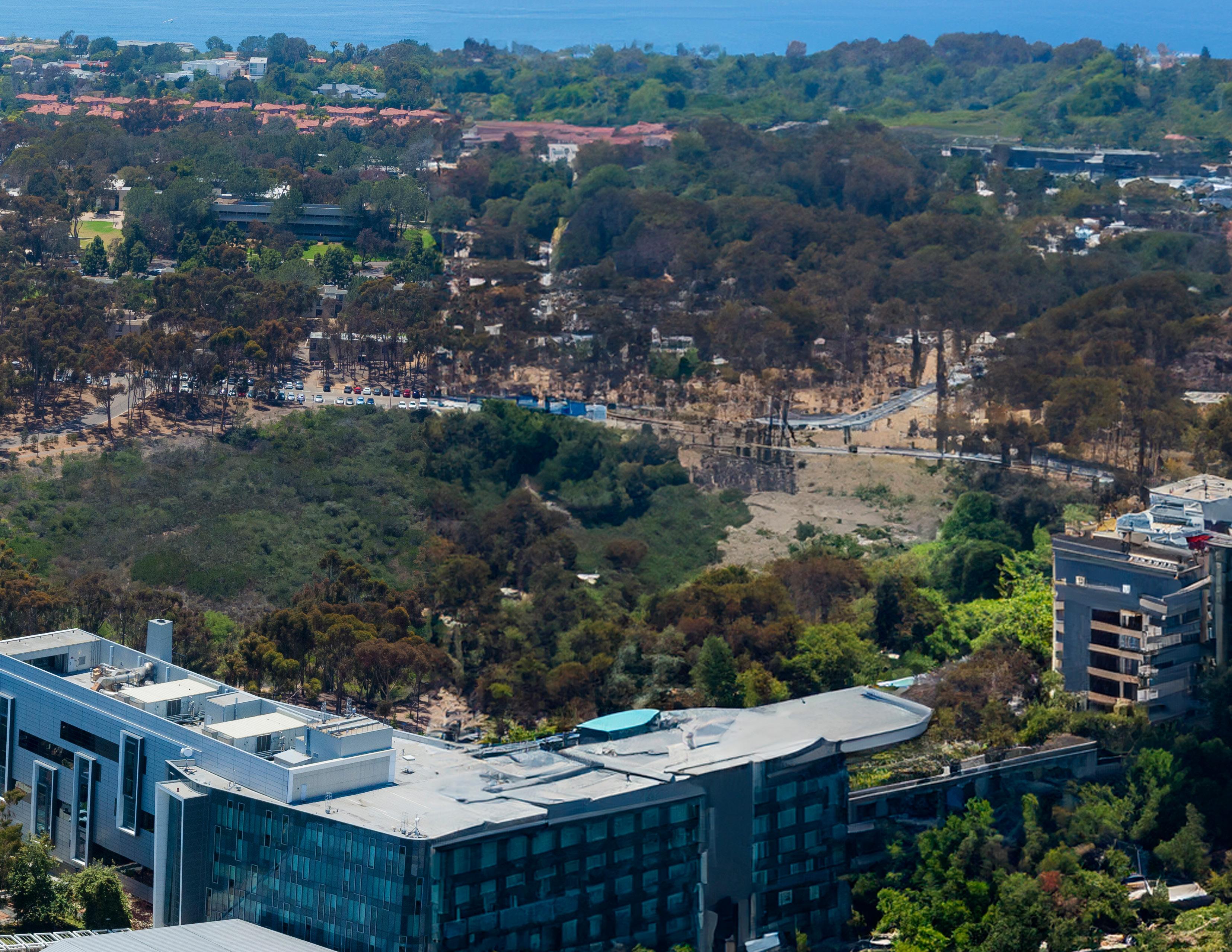
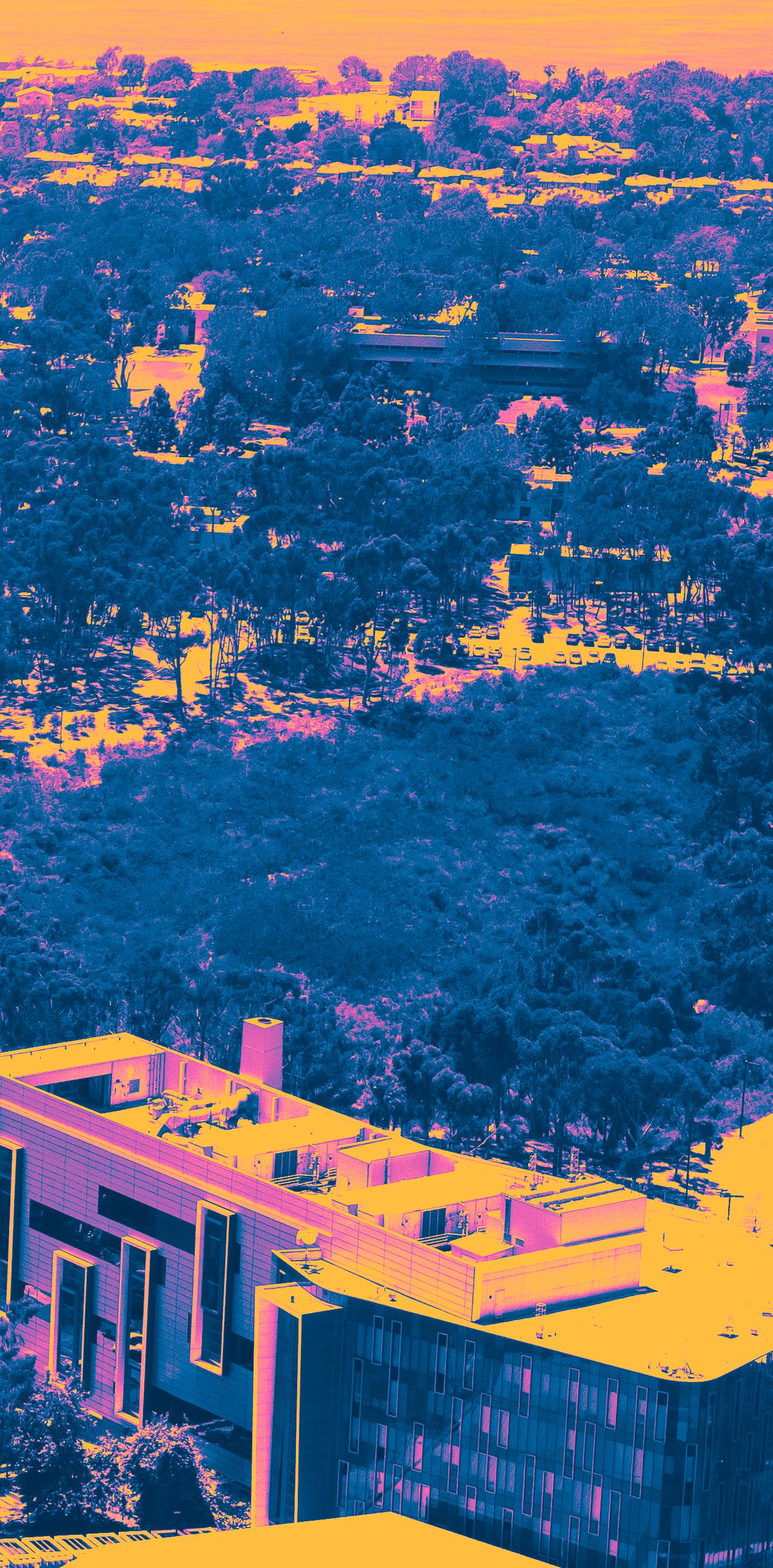
ENROLLMENT ON THE RISE
Interest in attending UC San Diego has been steadily increasing for more than a decade, with our campus receiving a record 134,500 first-year and 22,500 transfer applications for Fall 2024 admission. As our campus footprint continues to grow and we are able to welcome more high-achieving students to join the Triton community, enrollment targets have also seen a change in recent years.
With higher fall enrollment targets to meet various targets set by our campus and the UC Regents, as well as expectations outlined in the Governor’s compact, the Undergraduate Admissions team is able to offer admission to even more qualified applicants and assist majors and departments where growth is of interest, such as programs through Scripps
“To be clear, when we say ‘generate interest’ we are not simply trying to get as many students to apply to UC San Diego as possible. Instead, we are focused on increasing interest from students who may not have historically considered us or might not think we are the right fit. Because it’s not possible for us to be everywhere, we’ve prioritized in-person visits to communities with high concentrations of schools serving lowincome students. We also continue to offer virtual services, minimizing the need to travel or leave work early, increasing access to many more families. We wholeheartedly embrace the belief that ‘UC San Diego is where generations rise—when one generation succeeds, the entire family benefits’.”
- Blia Yang, Executive Director of Undergraduate Admissions


Institution of Oceanography and the School of Arts and Humanities. For Fall 2024, we saw a 6% increase in firstyear enrollment and a 13% increase in transfer enrollment.
Increase in First-Year Enrollment Increase in Transfer Enrollment
To plan for steady, sustained growth, Executive Director of Undergraduate Admissions Blia Yang works closely with her team to outline their recruitment strategies to generate interest from potential applicants in California, the U.S., and internationally.
More applications also means a need for more application readers. Each year, the Undergraduate Admissions team of nearly 30 full-time staff members read and score thousands of applications each. The department also hires 200+ seasonal application readers who assist with the holistic review process of more than 130,000 applications.
With higher enrollment targets, the Admissions team has to strategically plan the admitted class to ensure the likelihood of meeting those goals in the fall quarter. These strategies include creating a plan for selective majors, utilizing the waitlist, and accounting for summer melt.
The final step before students enroll each fall is validation of official transcripts and test scores to verify the self-reported information from the UC application and ensure incoming students have met all provisions, including major preparation for incoming transfers. The team relies on constant communication with incoming students about missing documentation and a small but dedicated team of staff and student workers processes documents by hand as they arrive.
It’s not hard to find incredibly talented students in our applicant pool. Holistic review allows us to select a class that is academically prepared for the rigors of university level work, who reflect a spectrum of diverse backgrounds, and whose lived experiences have the potential to contribute significantly to the educational experiences of all of our students.”
- Blia Yang, Executive Director of Undergraduate Admissions
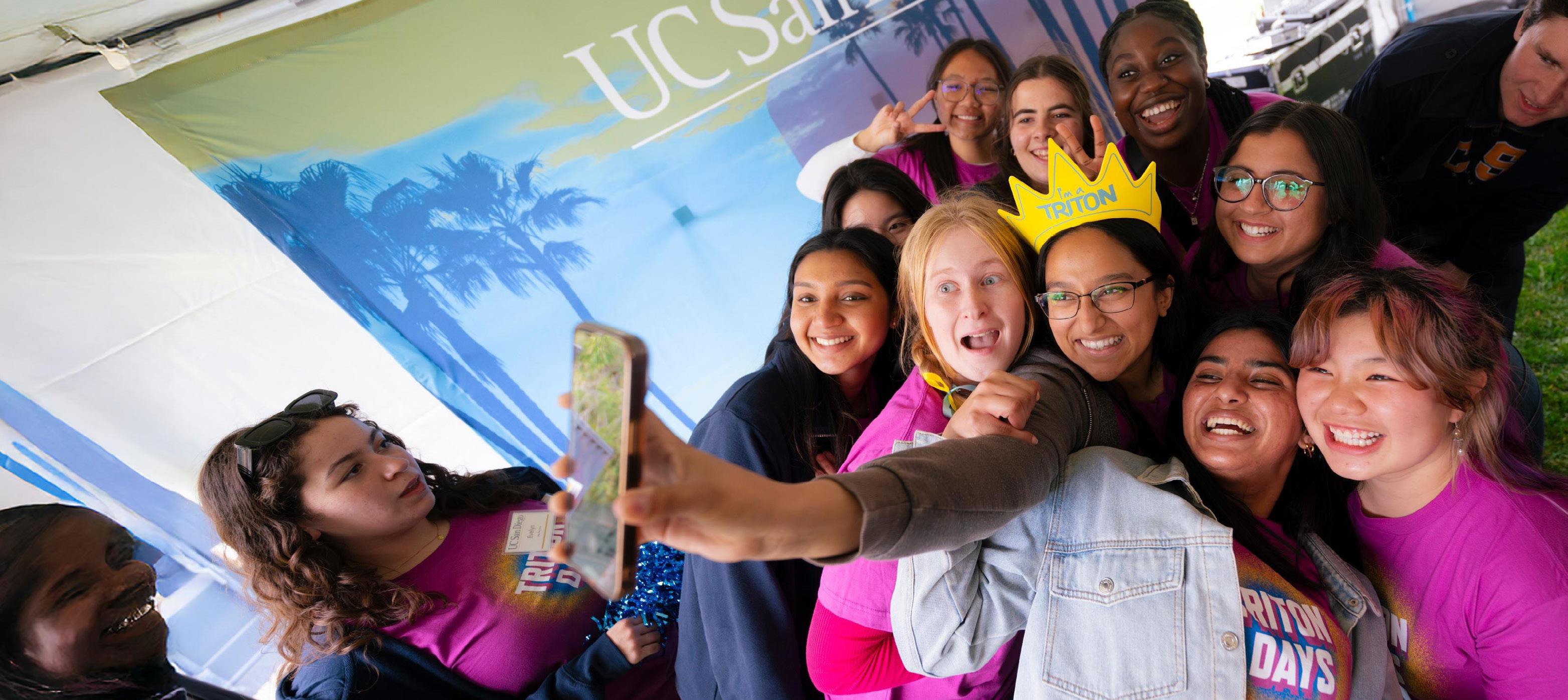
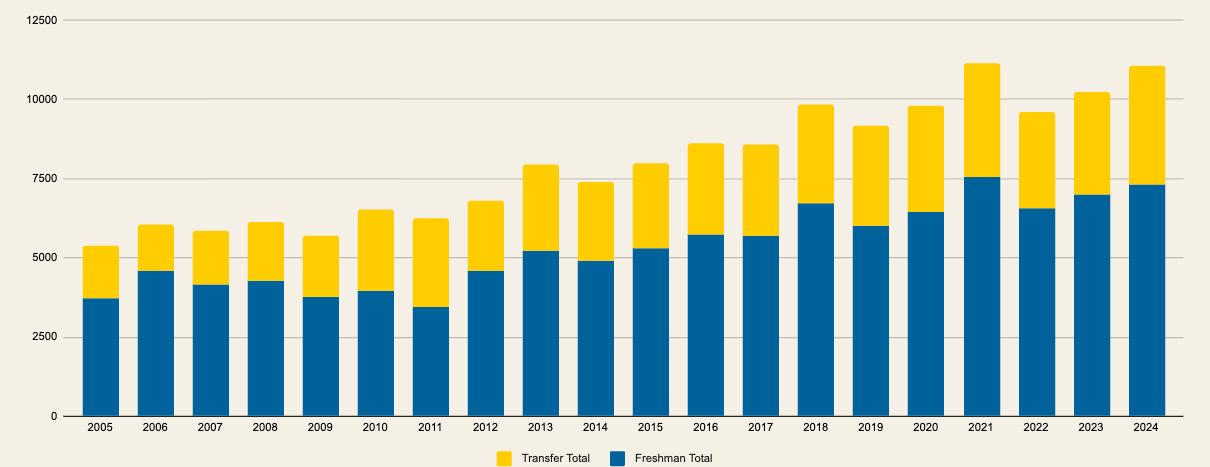
Looking at UC San Diego applicant types over time
This chart shows the sustained growth in enrollment from 2005 to 2024. While there are some slight peaks and valleys, the overall interest in our campus continues to grow.
FALL 2024: OUR NEWEST CLASS OF TRITONS
7,007
FIRST-YEARS
• Middle-50% Weighted GPA: 4.04 - 4.27
• First-Generation*: 37.4%
3,751 TRANSFERS
• Middle-50% GPA: 3.30 - 3.85
• Transfers from CA Community College: 75.6%
• Permanent Address in CA: 90.3%
• First-Generation*: 38.1%
51
*First in family to earn a bachelor’s degree STATES & TERRITORIES
88 COUNTRIES
Including CA, DC, Guam & Puerto Rico among students based on permanent address
Based on country of citizenship 29.3% OF INCOMING STUDENTS ARE UNDERREPRESENTED ETHNIC & RACIAL MINORITIES
First-Year & Transfer Combined
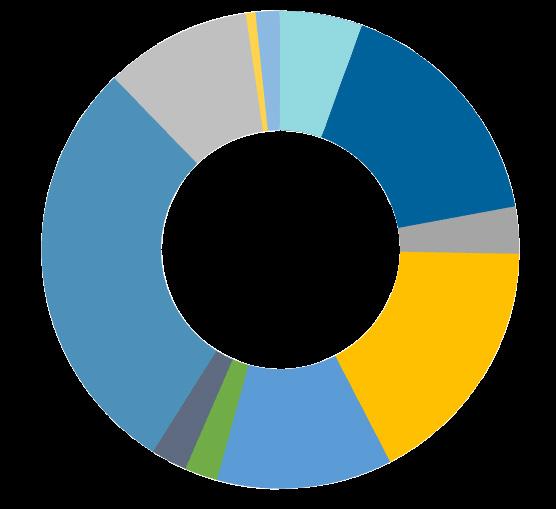
* International students make up 9.7% of our
and
** Underrepresented ethnic and racial minorities include African American, Latinx/Chicanx,
American and Pacific Islander students.
*** Undeclared was only available to first-year students
BUILDING PATHWAYS & PARTNERSHIPS
As proud Tritons, we always hope the road will lead students to UC San Diego, but we know informing students about the best options for higher education and providing the resources to help them navigate their college journey can take them on many paths.
Assisting students and collaborating with partners both on and off campus is at the heart of EM’s Student Outreach and Engagement (SOE) unit, led by Director Raquel Aparicio. After joining UC San Diego in September 2023, Raquel immediately got to work building relationships with our UC San Diego outreach programs, community-based organizations (CBOs) and other outreach programs in the Southern California area, creating a brand new Outreach website, and contributing to efforts to begin building the pathway into higher education with students as early as middle school. Alongside EM partners like Cal-SOAP, the SOE initiatives set forth have found success in the first year.
“In my first year, I made it a priority to deepen my understanding of UC San Diego's internal outreach partners and expand my knowledge of community-based organizations focused on college access in San Diego and Imperial County,” Raquel said. “I successfully facilitated communication between these stakeholders and developed a comprehensive inventory of outreach partners, along with an outreach toolkit containing valuable resources to better serve our community.”
While Undergraduate Admissions focuses on attracting qualified students to apply to UC San Diego through their recruitment efforts, outreach focuses more on broadening awareness and access to higher education overall, not just one specific university or pathway. To boost college access efforts, Raquel planned and hosted an in-reach event specifically designed to inform UC San Diego staff, faculty, and UC San Diego Health employees about Navigating Higher Education Options for their children and loved
ones, connecting them with community partners, and providing insight through sessions like College Making it Happen, The Hidden Curriculum (More than the A-G HS Curriculum), and the Realities of STEM Curriculum.
The event was the first of its kind since the SOE unit was created in September 2023 and interest in attending far exceeded expectations with more than
500 attendees
“I was blown away by the interest from our UC San Diego community in an event focused on college planning and access,” Raquel said. “Hearing from attendees that they enjoyed the event and gained helpful information they plan to put into practice made it all worthwhile. Even my seventh grader applied what she learned to develop her own four-year high school plan!”
Following the success of the event in early 2024, outreach efforts have continued to amp up with more than 6,100 outreach names collected for the SOE email list and the launch of a new outreach website –outreach.ucsd.edu,which features a comprehensive list of college preparation programs, outreach partners, and a detailed college readiness toolkit with resources and support for students and parents at every stage to help them prepare as they pursue their goals for the future.
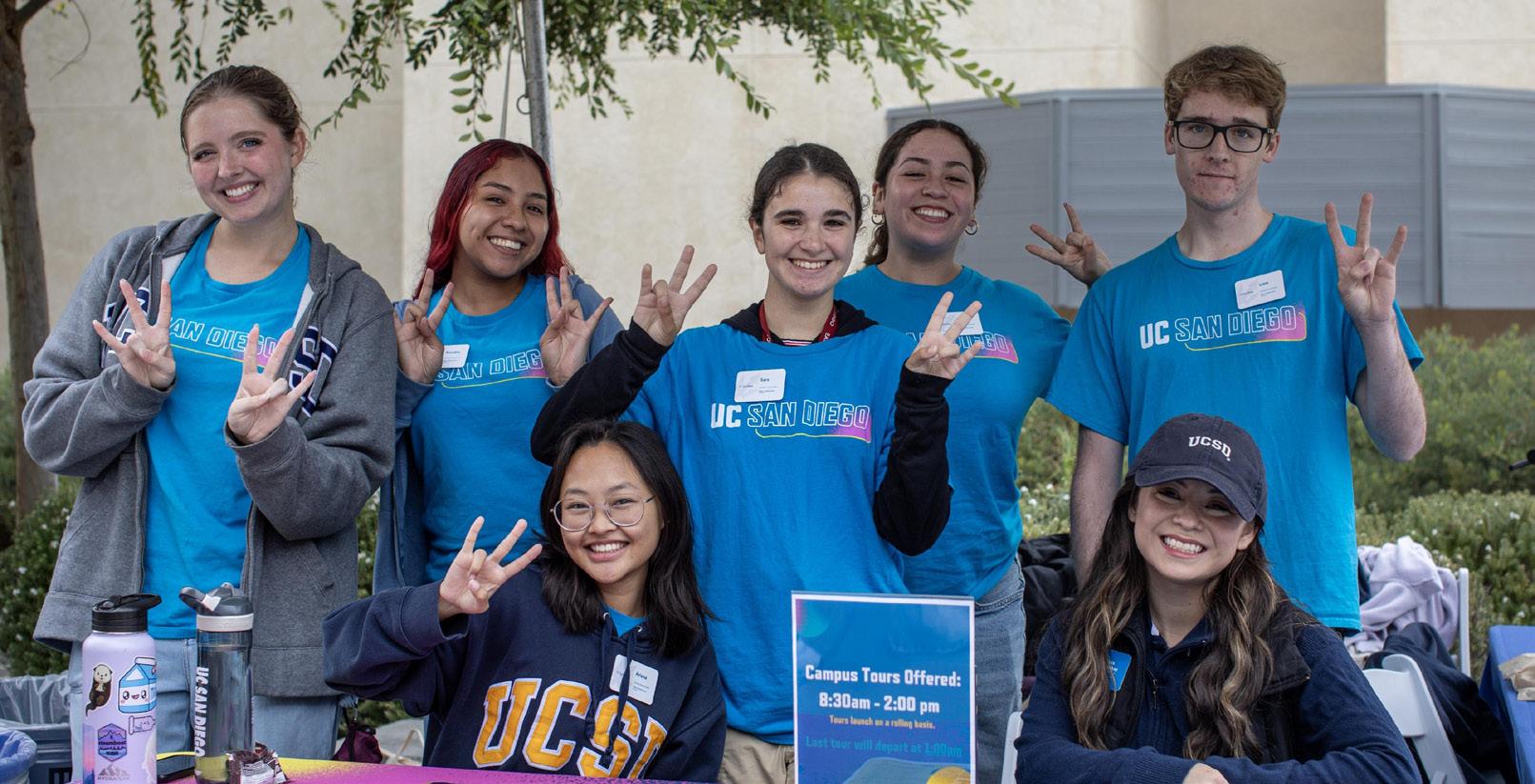
THE FAFSA FALLOUT: TACKLING CHALLENGES TO ENSURE STUDENT ACCESS
The staff in the Financial Aid and Scholarships (FAS) Office are dedicated to ensuring that affordability never becomes an unnecessary barrier for students planning to enroll at UC San Diego. And their efforts more than doubled this year as unprecedented difficulties presented by FAFSA changes required the team to pivot their efforts at several turns.
Across the nine UC undergraduate campuses, 70% of undergrads receive grants and/or scholarships to help cover the costs of attendance and 34% of undergrads qualify for Pell grants. The UC’s Tuition Stability Plan, which launched in 2022, has enabled students and families to plan for college costs by keeping tuition at the same price for up to six academic years.
Even with such affordability plans in place, 2023-24 proved to be a challenging year with the U.S. Department of Education’s roll out of the new Free Application for Federal Student Aid (FAFSA), which became available on December 31, 2023. The FAFSA presented challenges for many students. Mixed-status students experienced the most difficulty during the FAFSA submission period and all UC undergraduate campuses chose to extend the first-year accept your offer deadline to May 15 to give financial aid offices time to process as many aid applications as possible
“This was undoubtedly one of the most difficult years for our team and our entire profession. Balancing the increased workload for staff while maintaining student services, often without the necessary guidance from the Department of Education, proved challenging. Flexibility was our mantra this year. We had to pivot regularly to meet the challenges from our federal and state colleagues weekly. I am incredibly grateful to our dedicated financial aid staff and support from all of our campus and community colleagues. We made it through a difficult year together.”
“- Dr. Silvia Marquez, Executive Director of Financial Aid & Scholarships
and generate aid estimates for first-year students. The additional time ensured first-year students and families had sufficient time to make a more informed college decision.
Aside from the issues, the changes to the FAFSA also meant changes to the way student aid is calculated and dispersed. Student Aid Index (SAI) was introduced in place of Expected Family Contribution (EFC). The new need analysis formula removed the number of collegeattending family members from the calculation and was expected to increase the number of Pell-eligible students by at least 15%.
“The new Student Aid Index (SAI) formula increased the number of Pell-eligible students, bringing some unintended consequences. The SAI highlighted more students with significant need, along with others who appeared similar on the surface but didn’t have the same level of need.” Silvia said. “This prompted us to reevaluate our packaging models to ensure resources go to those with the greatest need.”
The FAFSA debacle placed a huge burden on students, families, staff, and universities. Yet, it also highlighted something we in Enrollment Management already knew—the resilience of our exceptional Financial Aid and Scholarships team. They worked tirelessly to ensure our most vulnerable students weren’t left behind, navigating new challenges each week. Through their professionalism, perseverance, and advocacy with the Department of Education, they gave voice to impacted students and managed every obstacle with unwavering commitment.
- Stefan Montouth, Director of EM Marketing & Communications
In an effort to communicate and assist students and their families in navigating the FAFSA changes, the FAS team was out in the community alongside partners like Cal-SOAP to extend their reach in San Diego and Imperial Counties providing access to on-site support from Cal-SOAP staff, College Application workshops and more to offer a helping hand during the challenging rollout. FAS staff, including Silvia Marquez and Assistant Director Rashinda Hutchinson, have also traveled to the state and U.S. capitols to advocate with lawmakers on behalf of students who depend on aid to pursue their education.
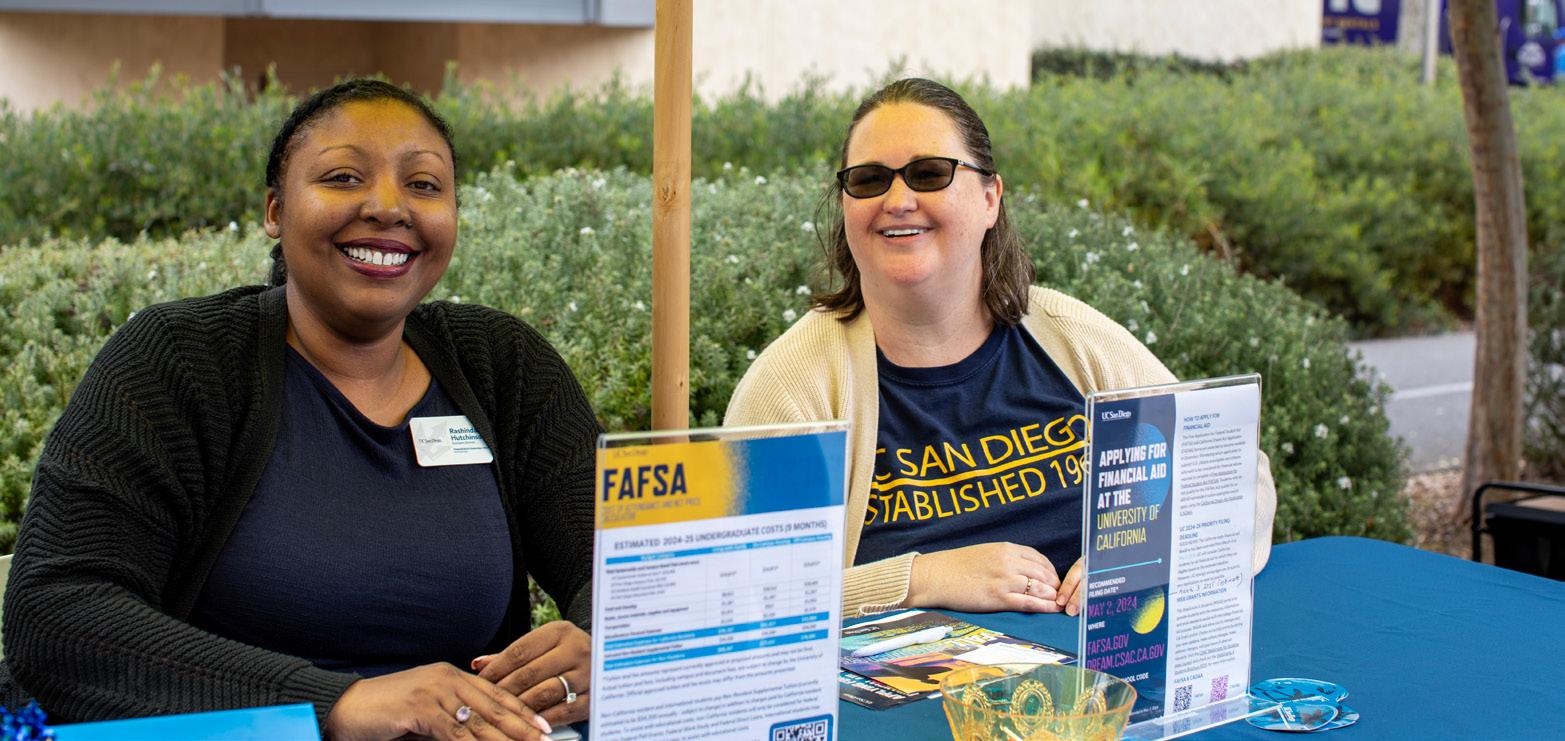
“I want to acknowledge the resilience and dedication the FAS team has shown during this year’s FAFSA changes. Despite the challenges, FAS has continued to provide excellent service, ensuring our students receive the support they need. FAS’s hard work and adaptability make a significant impact, and I truly appreciate all your efforts during this transition. FAS is helping students pursue their academic dreams, and that is invaluable. With sincere gratitude for your commitment and professionalism.”
“- Marie Carter-Dubois, Associate Vice Chancellor, Academic Affairs, Finance & Administration
What challenges did students, families, and university staff face due to the 2024-25 FAFSA changes?
• The FAFSA opened three months later than usual, condensing the timeline for students to apply for aid before the state financial aid deadline. As a result, the California Student Aid Commission moved the state deadline back from March 4 to April 2 and then again to May 2.
• Technical glitches and identity verification requirements when creating a Federal Student Aid ID caused significant delays and, for mixed-status students, prevented submission of the application altogether.
• The Department of Education was also delayed in providing student’s FAFSA application data to financial aid offices, forcing a shift in the usual timeline of when admitted students received their aid estimates by one month. Due to this delay, many universities, including UC San Diego, extended the deadline for new admits to accept their offer of admission.
• The ability to correct FAFSA data became available to financial aid offices far later than in typical years, forcing even more delays in providing students with accurate aid packages. The ability to transmit batch corrections was not implemented by the Department of Education for 2024-25, forcing the FAS team to make each and every correction in two separate systems, further delaying FAS’ ability to provide updated and accurate aid information.
“As CASFAA President this year, I’ve seen firsthand how critical our advocacy work is,” Rashinda said. “The changes brought by FAFSA simplification in 2024 have created challenges for all institutions. Our advocacy ensures the voices of all California colleges are heard, particularly in a year where students are struggling to complete this vital first step toward accessing financial aid.”
The FAS team experienced delays in receiving student data from the U.S. Department of Education which had downstream effects, including extreme delays in packaging final financial aid offers for continuing and new incoming students. Final offers were sent out to students in early September, which is more than a month later than in a typical year.
In response to these challenges, the FAS team will be monitoring student retention across campus to keep an eye on any trends that indicate the FAFSA issues may have affected students’ ability to stay enrolled at our campus.
Through it all, the FAS team has continued to serve the UC San Diego community, providing Q&A webinars for admitted students and families, advocating for students with the most financial need, and offering 1:1 assistance for as many students as possible to guarantee each and every Triton has access to the funding and affordability options that are best for them.
It is said that character is revealed when pressure is applied, and the greater the pressure, the truer is the revelation. Over the last year our Financial Aid and Scholarships colleagues have demonstrated unrelenting commitment to the value of student-centeredness. They have handled the slow moving FAFSA emergency with grace and determination, and deserve our institution's collective gratitude and appreciation for their efforts.
“- Jon Host, EM Business Officer
LOOKING TO THE FUTURE
A Diverse Community of Tritons
Recruiting and supporting a diverse class of new Tritons is an important part of the work we do in Enrollment Management. Every EM unit is involved in efforts to grow our community and ensure college awareness and access for all students.
These efforts include the presence of the Financial Aid and Scholarships, Cal-SOAP, Outreach, and Undergraduate Admissions teams at college fairs and outreach events to meet with students and offer face-to-face support. The Admissions team also works closely with diversity initiatives, including Umoja and Puente, to co-host events for underrepresented populations in San Diego and nearby areas.
For Fall 2024, our admitted class saw an increase of [insert data of URM increase, if applicable] and our goal is to continue growing our underrepresented populations to best reflect the diversity of the state of California.
Trends indicate that more students than ever identify with more than one racial or ethnic background, but the way such data is reported may not fully reflect the true identities of our university’s students. Currently, Federal requirements for reporting such data differ from the way the University of California Office of the President reports race and ethnicity numbers, but it was reported in early 2024 that the Federal standards will be changing in an effort to more accurately report on multiethnic data. In the near future, we hope to use these new standards in our work at UC San Diego to share a better picture of the Triton community as a whole.
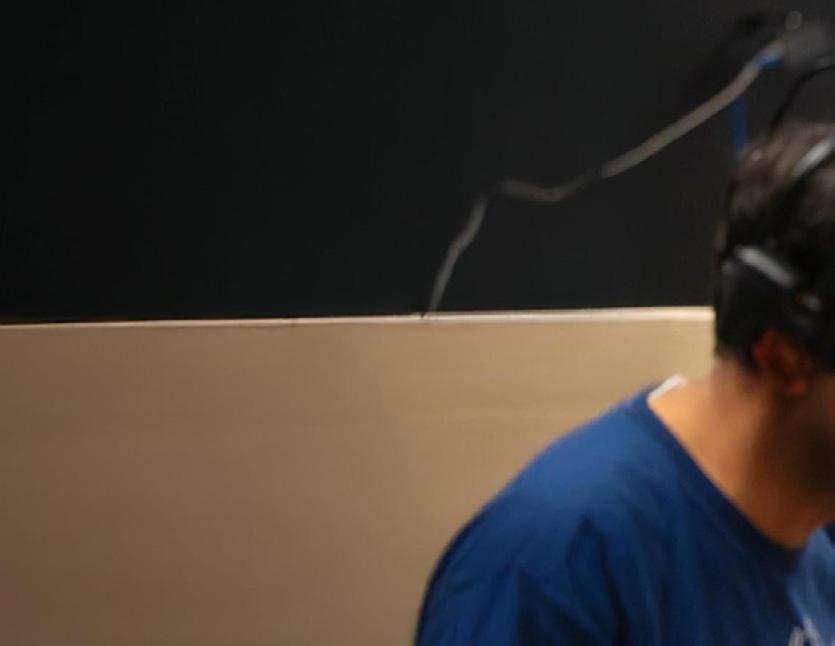

Recruitment efforts will continue to focus on the unique needs of students from underrepresented populations. The Office of Undergraduate Admissions’s diversity recruitment team partners with community based groups throughout the state to host special programs or provide Admissions presentations in local communities, including high schools and college fairs in key areas.
The goal of EM leadership is to continue transparency with our campus partners about these efforts and, as multiethnic data reporting improves, share even more information to paint a more accurate picture of our community here at UC San Diego.
In this highly diverse state, we greatly enjoy the varied perspectives we have across our campus. As we continue to evolve with California itself, it’s a pivotal time for having a more updated, inclusive understanding of who is a part of our student community.
“Diversity recruitment is a collective responsibility within our office, and all Admissions Officers engage in targeted outreach with diverse populations across all territories,” said Azizi James, Associate Director of Outreach, Recruitment and Yield. “We maintain a strong presence at community events that promote higher education access for underserved communities. Our efforts include participating in the Black College Expos in Sacramento, San Diego, Los Angeles, and Oakland, as well as the Southern California Latino College Expo and the Dream The Impossible Native Youth Conference in San Diego. Our office also collaborates monthly with 22 Community-Based Organizations (CBOs) to provide guidance on UC admissions preparation, empowering CBO leaders to advise their students effectively...”

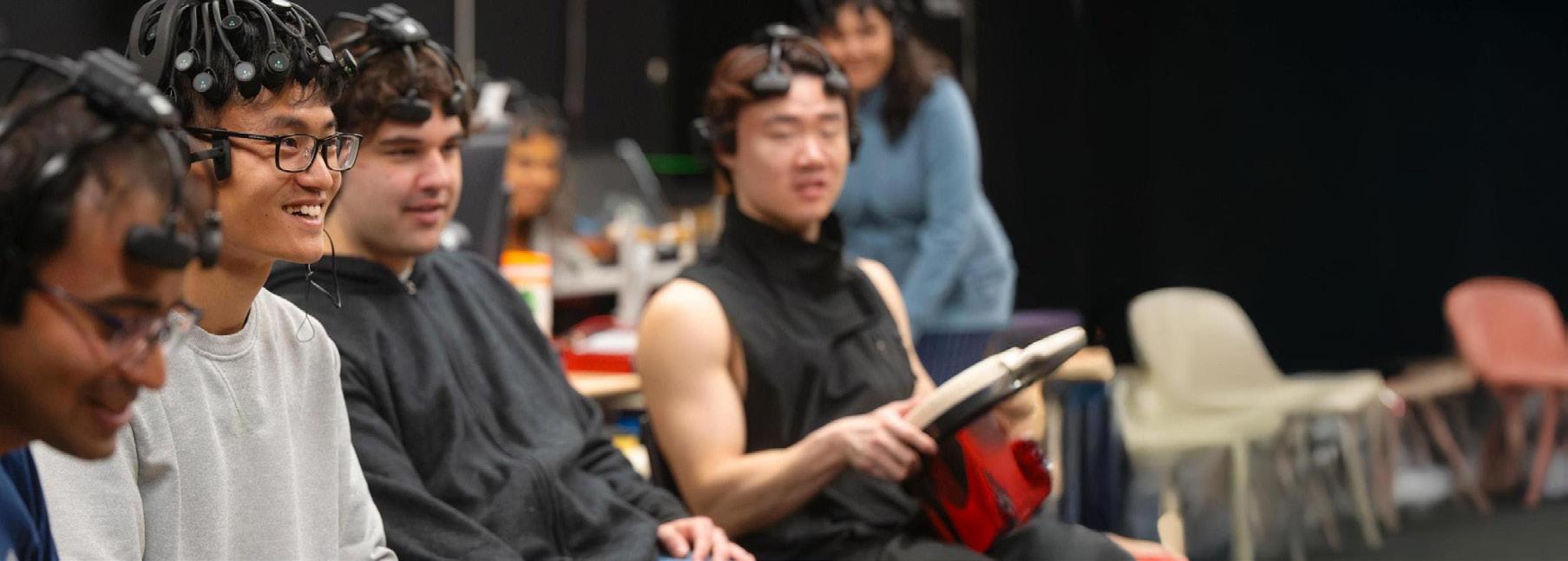
Major Decisions - Areas of Interest Changing with the Times
In recent years, certain STEM majors have seen a rise in interest from students pursuing higher education. Academic areas like engineering, health, and data science are among the most popular nationwide and we see that reflected in the applications we receive at UC San Diego. All three of these areas are among our campus’s selective majors and, for Fall 2024, the admit rate for students who chose one of these majors as their top choice is lower than the general admit rate.
Alternatively, U.S. institutions are seeing interest shift away from other areas of study. Enrollment in majors within the Arts and Humanities saw a 9% drop nationwide in 2021 and the trend has continued leading into the 2024-25 academic year. Even though the arts have experienced a decrease overall, UC San Diego has seen growth in these areas, with an 18% increase in enrollment for over the same span of time of students enrolled in majors offered by the School of Arts and Humanities.
In the face of changing academic interests throughout the country, EM continues to support growth efforts within the Arts and Humanities and other majors looking to expand enrollment for future terms through email and social media campaigns highlighting the experiences of various majors on campus, as well as the state-of-theart equipment and technology available to the Triton community. In line with the campus’s overall arts activation initiative and the goals to make UC San Diego a destination for students and visitors, these efforts will only continue to grow as we head into 2025.


“Beginning with the 2022 cycle, we have paid heightened attention to the role major selection plays in shaping our incoming class. While it is a necessary component of our selection process to limit entry into high-demand majors, we are ecstatic at the ability to take students into departments with room to grow. This helps with the stability of our campus units while also celebrating students’ widely varied interests for study.”
- Jim Rawlins, Associate Vice Chancellor

UPDATES FROM ENROLLMENT MANAGEMENT UNITS
Analytical Services
Analytics assisted and assured the application data extracting of a record number of applications for Fall 2024, transforming and loading from the UCOP ApplyUC data harbor to the Admissions team. The team provided analytics to the Admissions selection committee and FAS team to assist their informed decision-making for the incoming class. They also created dashboards on Tableau to visualize enrollment data for UC San Diego vs our peer institutions, as well as data from our Survey of Admitted Students.
Business Office
The EMBO implemented ServiceNow as its primary method of intake for service requests, servicing nearly 2200 cases in its first year. The EMBO has also participated in a new strategic initiative – dubbed “The Collaborative” – working with intention to foster a culture of teamwork, support, collaboration, innovation, and process efficiency in partnership with the other major administrative offices of Academic Affairs.
Cal-SOAP
San Diego and Imperial Counties Cal-SOAP continued working to increase higher education accessibility for underrepresented students and families, including those from areas with higher rates of low-income, first generation families, as well as foster and homeless youth.
Their efforts reached more than 10,000 students in San Diego and Imperial Counties using a tiered approach to serve 47 high schools in both areas. This past year, the Cal-SOAP team also worked closely with UC San Diego Financial Aid and Scholarships to assist students with financial aid completion in response to the issues with the new FAFSA rollout.
EM Creative Services welcomed a new marketing director, Stefan Montouth, in the summer of 2024. The team’s main focuses for the 2023-24 year included design updates for the admission packet and recruitment materials, web updates and implementation of modules on all EM sites, growth of social media and email marketing efforts, and supporting the communication efforts of the FAS team as they aimed to keep students informed of the FAFSA changes and challenges. In Spring 2025, we’ll be implementing a new strategic communications plan for EM, to guide our engagement from outreach, to recruitment, to admitted and current students.
Financial Aid & Scholarships
This year, the Financial Aid and Scholarships (FAS) office has made strategic advancements to enhance service for students and families. FAS shifted focus from Student Financial Planning (SFP) system to prioritize the successful implementation of the Triton Student System (TSS), aligning our resources with initiatives that best serve our community. We also introduced the ServiceNow system to enhance accountability and streamline service requests, facilitating faster and more transparent support for students. We also launched a new Net Price Calculator ahead of schedule, ensuring admitted students and their families could access accurate financial estimates early in the decision-making process, and upon admission.
FAS leadership also took an active role in advocating for students and elevating professional standards through their work with the California, Western, and National Associations of Student Financial Aid Administrators (CASFAA, WASFAA, and NASFAA). Their engagement underscores our dedication to student advocacy and professional development in the field.
These efforts reflect FAS’s ongoing commitment to service excellence and resource accessibility for all students.
Office of Undergraduate Admissions
The team of dedicated professionals continues to successfully recruit, admit, and enroll an ever more diverse and talented class of students each year. Re-organizations within the office have resulted in a larger leadership team committed to working collaboratively to increase efficiencies and leverage technology to improve processes that benefit students and staff alike.
Outreach & Engagement
This past year, our work to increase college access has been enriched by the unwavering support of UC San Diego leadership and the dedication of our many valued partners. Together, we’ve strengthened pathways into higher education, extending new resources and connections to students across the region.
Looking ahead to the new academic year, we are energized by the opportunities for additional events, programming, and partnerships that will further enhance these pathways. Through collaborative efforts, we will continue to expand access, raise awareness, and inspire future scholars.
Thank you to everyone who has contributed to this mission—we couldn’t do it without you.
Technology Services
At the end of the 2023-24 academic year, EM Technology Services Director Anitra Willis retired after 30 years of service at UC San Diego. With Anitra’s departure, EMTS was reorganized into the Office of Undergraduate Admissions, where the remaining staff members will continue to serve the technology needs of the team.
University Registrar
In March 2024, the Registrar team kicked off two major SIS projects - Triton Student System and CourseLeaf. To support these projects, they have expanded staffing to add backfill which allows key Subject Matter Experts to participate in design sessions.
They also launched eMarket replacement diplomas leveraging Transact functionality to improve the student experience and have been participating in a systemwide Statement of Legal Residence project which will allow UC applicants the opportunity to learn whether they will pay in or out-of-state tuition much earlier in the application process. This project will launch with a pilot group of FA25 applicants. More details on these projects will be provided in the 2024-25 EM annual report.


